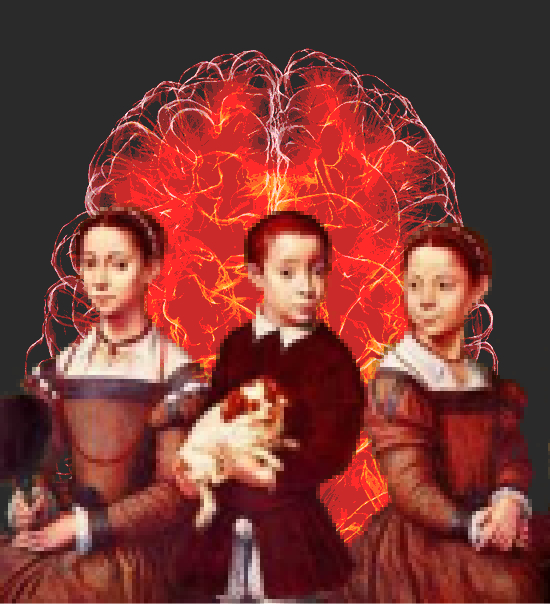Bard helps break ASD walls
 The wordy works of Shakespeare have been used to help autistic kids open up.
The wordy works of Shakespeare have been used to help autistic kids open up.
A new study has seen children with autism spectrum disorder (ASD) using the recitation of Shakespeare's rhythmic language combined with physical gestures as a way to boost communication.
Children with ASD often have trouble understanding nonverbal behavior in social interactions and struggle to communicate. Many avoid eye contact and miss visual cues, making it difficult to maintain peer relationships and share enjoyment of mutual interests.
But the new research has shown autistic kids can show better language skills and recognition of facial expressions with the help of The Bard.
Fourteen children with ASD were enrolled for trials of a drama-based social skills intervention known as the “Hunter Heartbeat Method”, created by Kelly Hunter, an actress in the Royal Shakespeare Company in London.
Each session began with the children quietly seated in a circle on the floor making a ‘Hello Heartbeat’ by tapping their hand on their chest. This allowed them time to adapt to the environment and signifies transition into the session.
Facilitators then lead the children through a series of games based on the plot of The Tempest, which focus on skills such as facial/emotion recognition, eye contact, gross motor imitation, affective imitation, pragmatics of dialogue exchange, personal space, turn taking, affective expression, humour, and social improvisation.
Towards the end of the sessions, facilitators and children take turns “performing” for the other participants, using games that ultimately reflect the plot progression of The Tempest.
Finally, the Hunter Heartbeat Method intervention concludes with a ‘Goodbye Heartbeat’.
Pre-test assessments were conducted to obtain baseline information for each child.
The children participated in the intervention one hour per week after school for 10 weeks. At the conclusion of the study period, post-test assessments were completed, and parents and participants completed questionnaires regarding their impression of the intervention.
The Results, published recently in the journal Research and Practice in Intellectual and Developmental Disabilities, showed a clear improvement in language skills and recognition of facial expressions in children with ASD.







 Print
Print